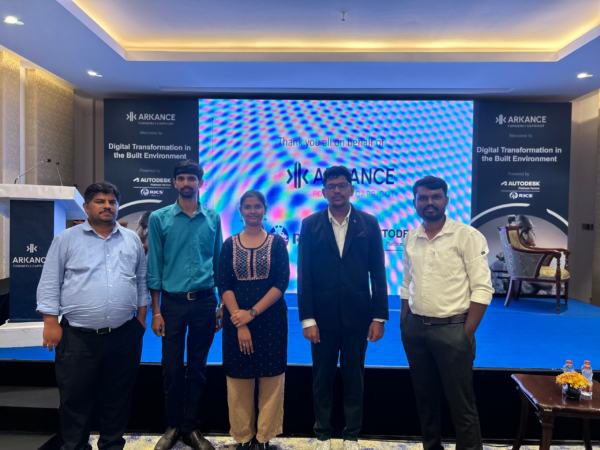
July 15, 2024 | Articles
Construction’s Digital Transformation & The Tools of Modern Project Management

In early 2022, South Sound 911 opened their new Public Safety Operations Center (PSOC) in Tacoma, WA. Born from the collaborative efforts of Pierce County’s 911 call centers, local governments, and the public, South Sound 911 consolidates six separate emergency services into a single system. The new PSOC gives a home to the agency and helps South Sound 911 achieve its mission of providing a modern, unified emergency communication and response system to protect and serve its communities and partner agencies.
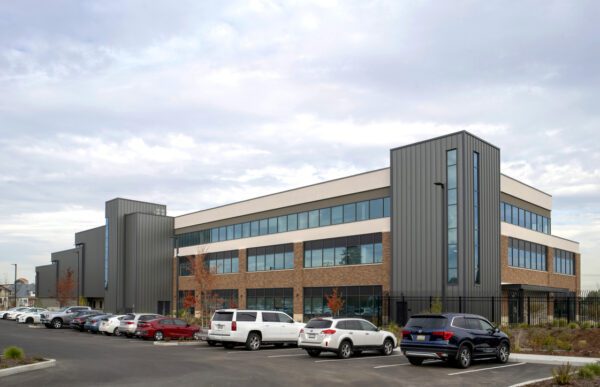
The 74,500 SF, 3-story, state-of-the-art PSOC is a regional 911 communications center providing 24-hour emergency services for communities and first responders throughout Pierce County. Designed to ensure survivability and continuity of operations in the event of man-made or natural disasters, this secure and hardened facility meets National Fire Protection Association, National Emergency Number Association, and Federal Emergency Management Agency standards for essential facilities. Functionally, the PSOC includes 911 and dispatch operations, a public safety answering point providing improved police and fire emergency communications, a municipal emergency operations center, administrative offices, and a public counter area for law enforcement records management.
The South Sound 911 Board of Directors partnered with designer CallisonRTKL and contractor Kassel & Associates to deliver the project. A management team led by Hill International worked with South Sound 911 and the project team to realize the new PSOC as envisioned. Hill provided project management, construction management, and owner’s representative services from the design phase through project closeout and warranty.
The team’s approach to the PSOC project was to focus on realizing the facility ready to support the communities served by South Sound 911 on day one. A year after its official opening, Deputy Director of Operations Mark Mears and Hill Project Manager Glenn Steiner, RA, discussed their observations of and lessons learned from the project, reflecting on challenges and how the project met South Sound 911’s programming goals.
Conceptualizing a Communications Center
The South Sound 911 PSOC evolved over nearly 10 years of planning. Through this process, South Sound 911’s key goals for the project emerged. These included delivering a facility that would:
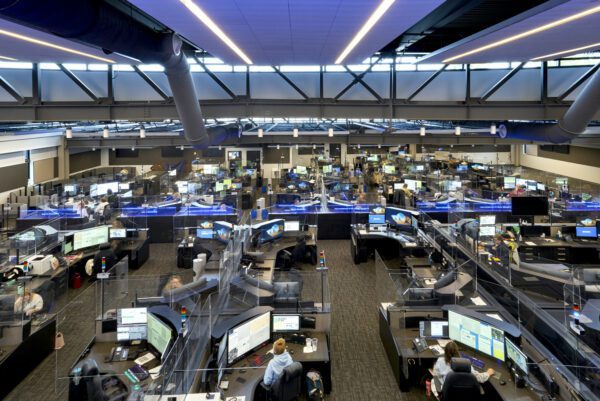
According to Mears, getting the results South Sound 911 wanted started with commitment. He says, from the project’s very inception, all stakeholders understood the PSOC would be “an essential facility, a once-in-a-lifetime construction project.” The South Sound 911 team also placed tremendous emphasis on detail during design and programming. This detail-oriented approach meant the team could plan the PSOC in a granular way. In addition, the project’s long germination period ensured increased foresight, which helped provide for many of the PSOC’s important features, such as additional space dedicated to future technological and operational growth.
Once the project entered design, Hill came aboard. The Hill team’s services included design and constructability reviews, construction document administration, procurement assistance, bid reviews, community outreach, and schedule and cost management. As owner’s representative, Hill internalized
South Sound 911’s goals for the project, making them their own. “Every part of this project was critical to the day-to-day operations required by South Sound 911,” says Steiner. “We had to carefully consider every detail of life at an emergency services communications center during our design reviews.”
Overcoming COVID-19 and Other Challenges
A rigorous planning and design process gave the PSOC project strong foundations. Still, change on a large, complex project is inevitable, says Steiner. “Changes due to clarifications to the contract documents are typical throughout any project,” he explains. “Working together with the team, we can consistently manage that kind of change. However, construction was ongoing during the heart of the COVID-19 pandemic, which fundamentally changed how construction had to proceed.”
During construction, Hill provided project management, construction management oversight, project schedule and budget reviews, inspection and testing, and building and technology systems commissioning activities. A key element of the Hill team’s approach to handling COVID-19 was their formal stakeholder management and communications process. “That starts with open communication between the owner, contractor, and architect,” explains Steiner. “For any changes, including those related to COVID-19, we identify the issue, communicate it to the right people, and work together as a team to come up with a solution.”
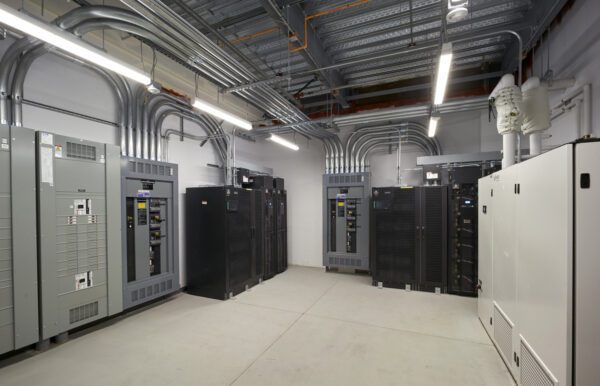
For Steiner, agreeing on a direction is paramount when overcoming obstacles. That meant identifying and ensuring fluid communications with team leaders and key points of contact. On the PSOC project, these were the Deputy Director of Law Enforcement and the Deputy Fire Chief from the Tacoma Fire Department. “These two were actively involved throughout design and construction phases and were the conduits to the different agency stakeholders for this project,” says Steiner. “Since they were actively involved, all stakeholders were up to date on progress throughout the project. That alone helped us get through many challenging situations”
Other construction challenges included tight scheduling. Getting the call center portion of the project up and running as early as possible was a priority. Hill worked with the project team, as well as vendors and sub-contractors to overcome the pandemic’s impact and realize this priority. Specifically, Hill helped define and manage the project schedule in alignment with South Sound 911’s goals, procured and tracked long-lead items early, and coordinated with Kassel & Associates to get vendors into the call center space as soon as they could. After partial move-in, Hill continued working with the contractor to ensure construction could proceed safely and without disrupting operations. Hill also worked with South Sound 911 to respond to any staff concerns during this period.
Similarly, building, technology, and communication systems commissioning activities during and following construction proved challenging. “With so many systems in place, getting everything commissioned and signed off on was imperative,” explains Steiner. “Due to construction delays related to the pandemic, we had to commission systems on a floor-by-floor basis to get everything up and running and allow for partial occupancy. This required isolating each floor, then coming together at the end to make sure everything was working together as originally designed. That took a lot more time and effort than a one-shot deal would have. It required some creative scheduling. The team at Coffman Engineers worked above and beyond their original scope to complete this work and make sure all the systems were working as intended.”
The Benchmark for Emergency Services Communications
While COVID-19 caused several hiccups, the project team used communication, creativity, and a commitment to South Sound 911’s goals to work through the challenges and deliver the PSOC project in late 2021. One year later, Mears, South Sound 911, and the rest of the project team are very happy with the project.
“Regarding the facility’s design and functionality, there are no significant changes we would make,” attests Mears. That boils down to the way the facility meets the goals established during the project’s planning period. Most importantly, the project team was able to complete the call center portion of the project early and allow for safe operations there while finishing construction. This meant residents in Pierce County have been able to enjoy enhanced emergency services since before the PSOC officially opened.
In addition, the building is proving both welcoming and secure. “This is a testament to South Sound 911 and CallisonRTKL’s vision and the hard work of Coffman Engineers, our vendors, and our team during commissioning activities,” says Steiner. “The project team delivered the facility in the image South Sound 911 wanted, while making sure all of the security systems they expected were in place and functional.”
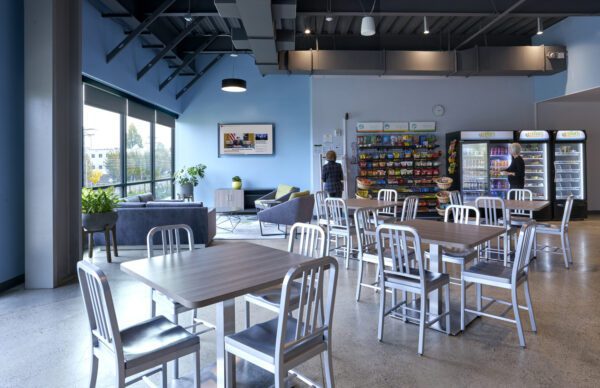
Mears agrees, adding: “The building does meet the goals of being welcoming and secure. This is reflected by the comments of all the new personnel we have and our stakeholders’. Everyone comments on how inviting the facility is and how interesting it is that our security features have been integrated without detracting from the look and feel. Our four previous facilities did not provide the same level of security or amenities.”
Plus, the facility appears future proof. In addition to the PSOC’s features that ensure survivability and the continuity of operations in the event of disaster, the foresight of the team during planning has led to sufficient space and infrastructure for future development and expansion. “We continue to explore new technology,” says Mears, describing ways South Sound 911 plans to streamline communication workflows and operations and introduce new features and programming in the coming years. For example, this year, dedicated mental health professionals will join the Communications Floor to better serve the citizens of Pierce County. “We would not have been able to support these types of things were it not for a facility such as this,” he concludes. “It’s the benchmark for Emergency Services Communications.”
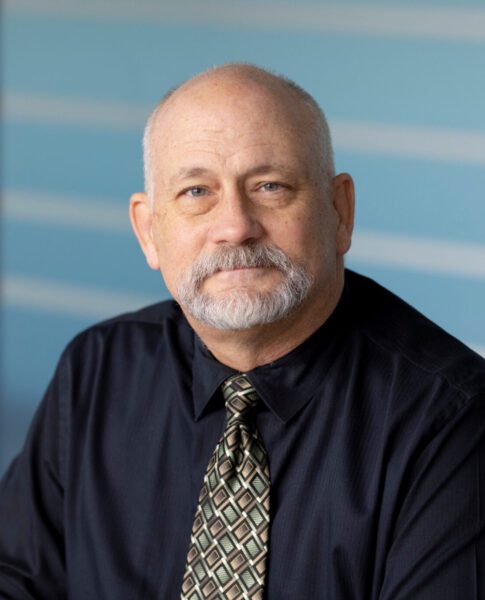
Mark Mears has been in law enforcement since 1983 and in 2015 retired as the Chief of Police with the Fife Police Department. He has worked in all aspects of law enforcement operations and administration and is an active assessor for the Washington Association of Sheriffs and Police Chiefs LEMAP and Accreditation programs. As Deputy Director of Operations, Mark oversees police and fire/EMS call taking and dispatch at South Sound 911. Mark received his MPA and MBA from City University, is a graduate of the FBI National Academy, Northwestern University School of Police Staff and Command and Police Executive Research Forum (PERF). He obtained executive-level certification through the Washington State Criminal Justice Training Commission.

Glenn Steiner, RA, is a senior team leader with over 25 years of design and construction experience in the State of Washington. He has an extensive background in public projects and office, warehouse, and storage facilities as well as residential projects. Glenn is especially skilled at coordinating and communicating with general contractors and consultants, managing the design and construction processes with experience in programming, strategic planning, budget development, project scheduling, conceptual design, technical documentation, team leadership, and project/construction management.
Share

July 15, 2024 | Articles
Construction’s Digital Transformation & The Tools of Modern Project Management

July 10, 2024 | Articles
GC/CM at Post Falls: Managing Avista’s North Channel Dam Rehabilitation Project
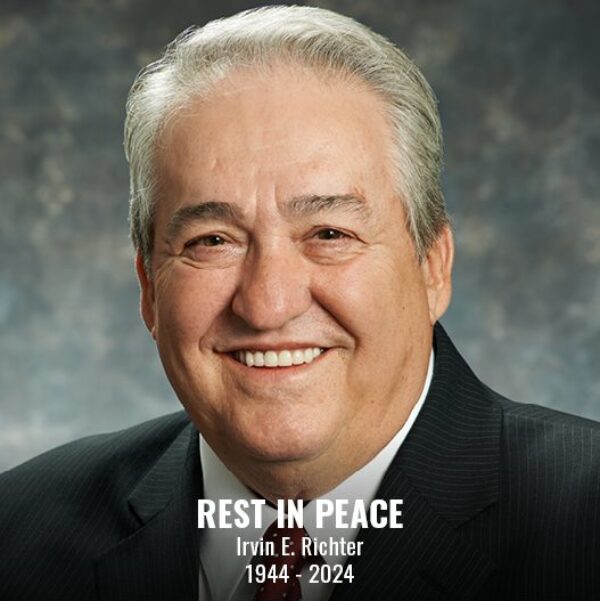
June 23, 2024 | Articles
Irv Richter – An Innovator, A Pioneer, A Leader (1944 – 2024)

June 14, 2024 | Articles
Environment of Care Standards – Meeting the Challenge (Part Two)

June 13, 2024 | Articles
PMO for Public Transit Project Success: The Reopening of Philadelphia’s Franklin Square Station

June 7, 2024 | Articles

May 17, 2024 | Articles
Hill Interim Federal Market Sector Leader Jane Penny Receives Golden Eagle Award
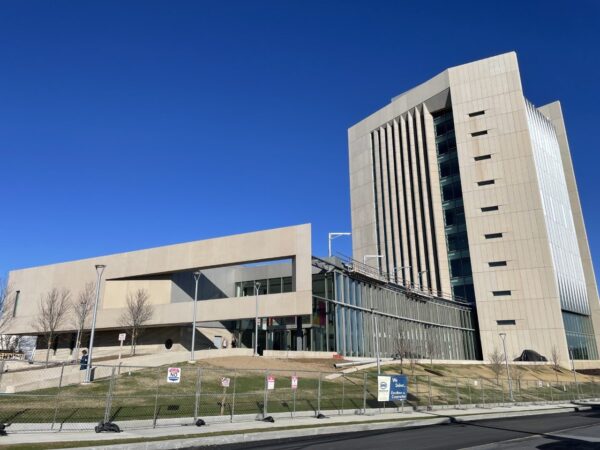
April 11, 2024 | Articles
A Model Move: Managing Move-In at the Sylvia H. Rambo U.S. Courthouse